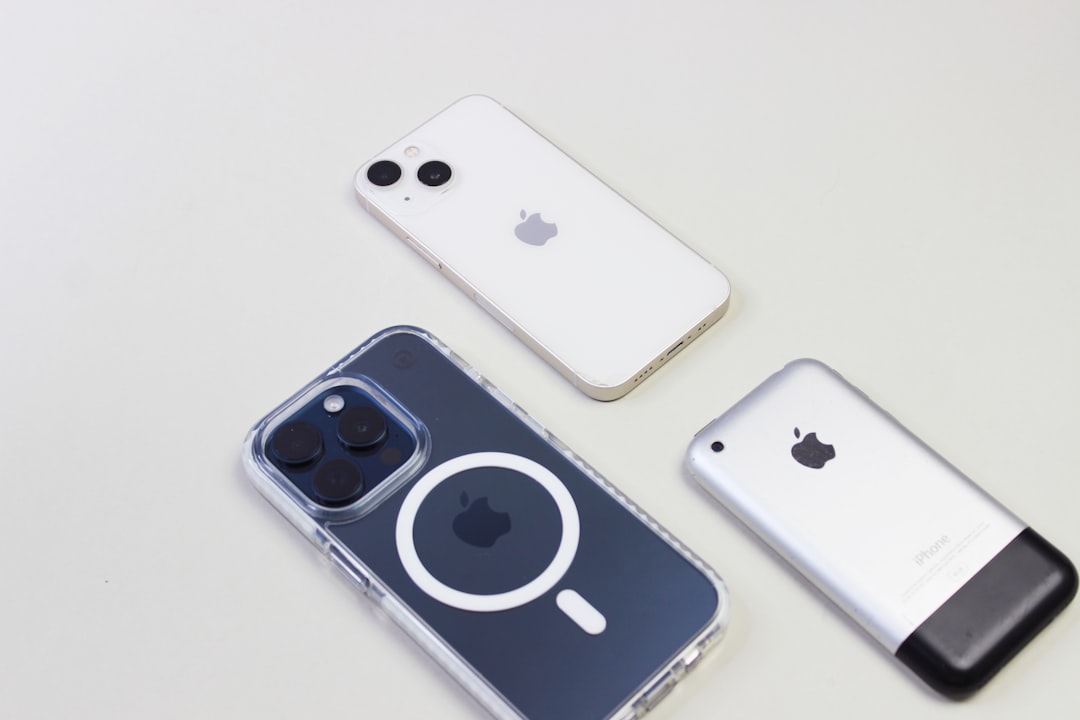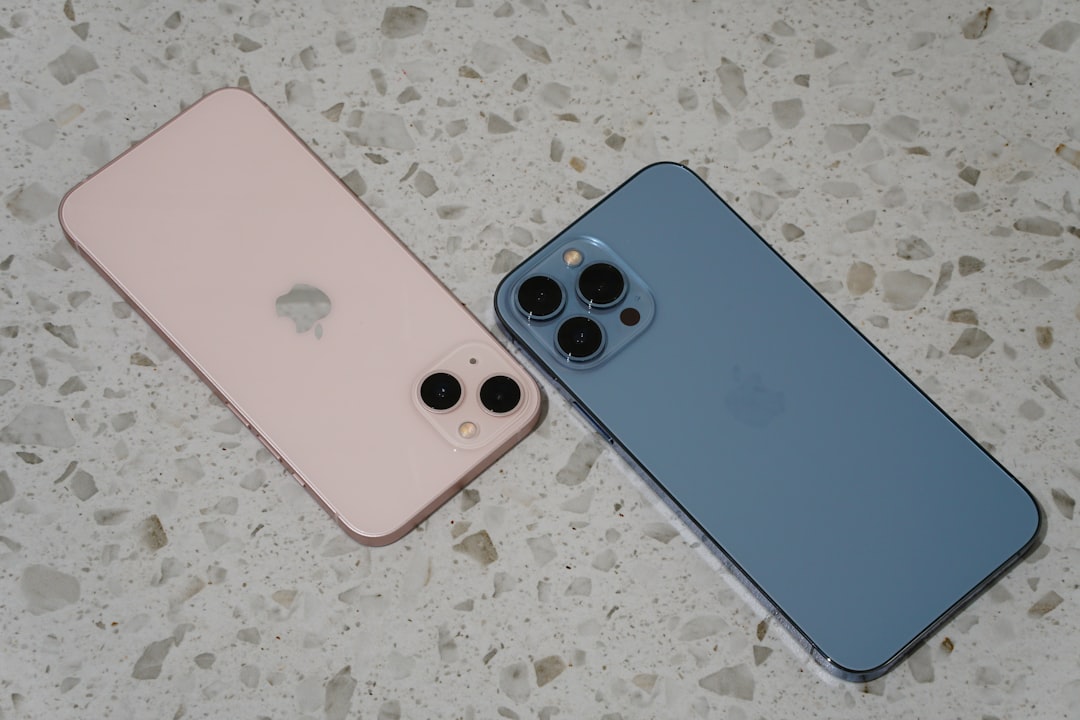In today’s hyper-connected world, our smartphones are more than just devices—they’re powerful tools that keep us connected, informed, and entertained. But have you ever stopped to think about the incredible technology that makes it all possible? From the early days of 1G to the cutting-edge 5G technology we’re witnessing today, mobile networks have come a long way. In this article, we’ll take you on a fascinating journey through the evolution of mobile networks, highlighting the key differences between 1G, 2G, 3G, 4G, and 5G. We’ll also dive into the game-changing benefits of 5G technology and explore what the future of communication might hold.
Buy Airtel Postpaid with exciting benefits!
Understanding the Evolution of Mobile Networks
To truly appreciate the marvels of modern mobile technology, it’s essential to understand how we got here. Let’s take a quick look at the five generations of mobile networks:
1G: The Pioneering Generation
-
Introduced in the 1980s
-
Analog voice calls only
-
No data capabilities
-
Frequency bands: 800-900 MHz
2G: The Digital Revolution
-
Launched in the 1990s
-
Digital voice calls and SMS
-
Basic data services (e.g., WAP, MMS)
-
Frequency bands: 850, 900, 1800, 1900 MHz
-
Technologies: GSM, CDMA
3G: The Mobile Internet Era
-
Debuted in the early 2000s
-
Improved voice quality and data speeds
-
Enabled mobile internet browsing, video calls, and streaming
-
Frequency bands: 1.8-2.5 GHz
-
Technologies: UMTS, HSPA, EVDO
4G: The Age of High-Speed Data
-
Introduced in the late 2000s
-
Significantly faster data speeds (up to 1 Gbps)
-
Enhanced mobile broadband experiences (e.g., HD video streaming, online gaming)
-
Frequency bands: 700, 1700, 1800, 2100, 2300, 2500 MHz
-
Technologies: LTE, LTE-Advanced
5G: The Future is Now
-
Rolled out in 2019
-
Ultra-fast data speeds (up to 20 Gbps)
-
Extremely low latency (<1 ms)
-
Massive device connectivity
-
Frequency bands: Sub-6 GHz (e.g., 3.5, 4.7 GHz) and mmWave (24-100 GHz)
-
Technologies: 5G NR (New Radio), Massive MIMO, beamforming
1G 2G 3G 4G 5G Comparison: What Sets 5G Apart?
Now that we’ve seen the evolution of mobile networks, let’s dive deeper into the key differences between 1G, 2G, 3G, 4G, and 5G.
|
Feature |
1G |
2G |
3G |
4G |
5G |
|---|---|---|---|---|---|
|
Speed |
N/A |
64 kbps |
2 Mbps |
1 Gbps |
20 Gbps |
|
Latency |
N/A |
300-1000 ms |
100-500 ms |
50-100 ms |
<1 ms |
|
Connectivity |
Voice only |
Voice, SMS, MMS |
Mobile internet |
Enhanced mobile broadband |
Massive IoT, mission-critical services |
|
Frequency Bands |
800-900 MHz |
850-1900 MHz |
1.8-2.5 GHz |
700-2500 MHz |
Sub-6 GHz, mmWave |
As the 1G 2G 3G 4G 5G comparison table shows, 5G stands out with its:
-
Ultra-fast speeds: Up to 20 Gbps, enabling seamless downloads and streaming
-
Extremely low latency: Less than 1 ms, making real-time applications possible
-
Massive connectivity: Ability to support billions of devices simultaneously
-
Wide range of frequency bands: Sub-6 GHz for coverage, mmWave for high capacity
Unleashing the Benefits of 5G Technology
5G isn’t just about faster speeds—it’s a game-changer that opens up a world of possibilities. Here are some of the key benefits of 5G technology:
-
Enhanced Mobile Broadband: With 5G, you can experience lightning-fast downloads, seamless 4K/8K video streaming, and immersive AR/VR applications.
-
Ultra-Reliable Low-Latency Communications (URLLC): 5G’s extremely low latency enables mission-critical applications like remote surgery, autonomous vehicles, and industrial automation.
-
Massive Machine-Type Communications (mMTC): 5G can support billions of connected devices, powering the Internet of Things (IoT) and smart cities.
-
Network Slicing: 5G allows operators to create virtual network “slices” tailored to specific use cases, ensuring optimal performance for each application.
-
Energy Efficiency: Despite its incredible capabilities, 5G is designed to be more energy-efficient than previous generations, helping reduce the carbon footprint of mobile networks.
The Future of Communication: What’s Next?
As the evolution of mobile networks continues, the future of communication looks brighter than ever. With 5G as the foundation, we can expect:
-
Widespread adoption of IoT devices, from smart homes to connected vehicles
-
The rise of smart cities, with 5G enabling efficient resource management and enhanced public services
-
Advancements in telemedicine, remote education, and immersive entertainment
-
The emergence of new, innovative use cases we can’t even imagine yet
To fully harness the power of 5G, it’s essential to have a reliable mobile network that can deliver on its promises. That’s where Airtel’s postpaid plans come in. With Airtel’s extensive 5G coverage, cutting-edge infrastructure, and attractive postpaid offerings, you can experience the benefits of 5G technology like never before.
Conclusion
From the humble beginnings of 1G to the awe-inspiring capabilities of 5G, the evolution of mobile networks has been nothing short of remarkable. As we’ve seen in this 1G 2G 3G 4G 5G comparison, each generation has brought new possibilities and transformed the way we communicate. With the benefits of 5G technology now at our fingertips, the future of communication looks more exciting than ever. So, are you ready to unlock the speeds of tomorrow? Consider switching to an Airtel postpaid plan and embark on your own 5G journey today!


 Get App
Get App  Airtel Store
Airtel Store  Login
Login 


